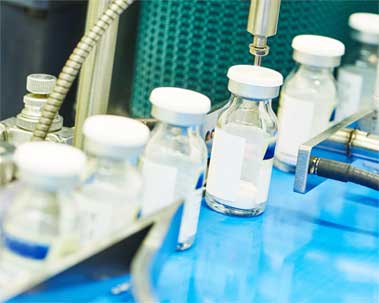Before carrying out the test of rotary seal valve, it is necessary to check the control program of the rotary valve. After the shell pressure and sealing test are completed, install the motor on the rotary valve body for trial inspection. Then turn the rotary feed valve to the power supply, switch the valve repeatedly, and observe whether the seat system can run steadily, the position of the impeller is accurate, and the control of the panel is correct. After inspection, the control program of the rotary feeding valve is reasonable, and the seat system is stable.
Because of the special operating conditions of the rotary feed valve, it is necessary to simulate the operating conditions of the rotary feed valve. Test he wear resistance of the rotary feeding valve, the sealing property of the powdery material and the conveying capacity of the rotating feed valve to determine whether it meets the requirements of the working condition. The test medium can be made of quartz sand with a particle size of 100 and transported by 0. 6 M Pa nitrogen. The test time is 30 minutes.
The transmission capacity of the rotary feeding valve is 380 Kg/h, the wear coating on the inner surface of the valve is in good condition and there are no obvious wear marks. The scraper system can effectively reduce the influence of the powder transfer material on the sealing surface. At the same time, the alarm device in the control system can operate normally.
The performance of the rotary seal valve also needs the inspection about the actual working conditions, and it needs to be installed in the actual production system for testing. The rotary valve is available for three months. When there is no obvious leakage of production material, the seal system runs well, the warning system can send out the signal in time and close the rotary valve in the condition of the gas string and no material. And the rotary seal valve reaches the safety requirements and the service life in generally.
 English
English français
français Deutsch
Deutsch Español
Español italiano
italiano русский
русский português
português العربية
العربية ไทย
ไทย čeština
čeština Polska
Polska


